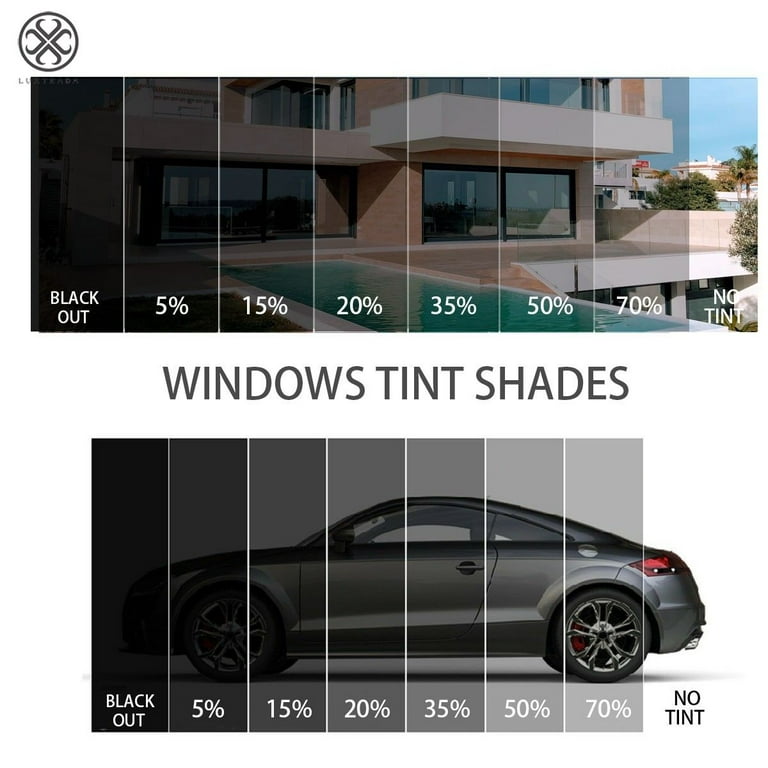The Complete Break Down of Cars And Truck Home Window Tinting Laws: Keep Informed and Avoid Pricey Fines
Recognizing the intricacies of automobile home window tinting laws is vital for every lorry owner. Allow's check out the nuances of home window tinting regulations, from lawful portions to enforcement actions, and uncover the crucial ideas for maintaining tinting conformity.

Significance of Understanding Tinting Laws
Recognizing tinting laws is critical for lorry owners to ensure compliance with policies and avoid potential fines or penalties. Each state has certain laws concerning the darkness of window tinting permitted on automobiles. These legislations are in place to make certain the safety and security of drivers, pedestrians, and law enforcement policemans. By being informed concerning tinting legislations, automobile proprietors can make educated decisions regarding their car modifications and stay clear of the hassle of needing to eliminate illegal color.
Along with legal consequences, incorrect window tinting can likewise influence visibility while driving, specifically at night or in unfavorable climate condition. Dark home window colors can decrease visibility for the vehicle driver and obstruct the sight of pedestrians or various other automobiles, increasing the risk of accidents. Window tinting. Recognizing the tinting regulations can assist drivers strike an equilibrium between looks and safety
In addition, abiding by tinting laws can likewise avoid unneeded expenses. Getting rid of unlawful color and paying fines can be pricey, adding financial concerns to car owners. By following tinting regulations from the start, vehicle drivers can stay clear of these added expenditures and ensure a smooth driving experience without disruptions from police.
Kinds of Home Window Tinting Regulations
Having a clear understanding of the importance of following tinting regulations, it is necessary to recognize the different types of home window tinting laws imposed throughout various states. These laws commonly rotate around the Visible Light Transmission (VLT) percentage, which gauges the amount of light enabled to travel through the colored windows. States like The golden state have strict guidelines, enabling just 70% VLT for the front side home windows and windshield, while states such as North Dakota permit as much as 50% VLT. Furthermore, some states have varying policies for rear windows and side windows behind the driver. It's important for car owners to acquaint themselves with these specific laws to avoid fines or citations.
Moreover, certain states might also have my response guidelines relating to the reflective residential properties of window color and the use of certain shades. Reflective tint is often restricted, and shades like red, brownish-yellow, and yellow may not be allowed due to presence problems. Recognizing these subtleties in home window tinting guidelines can help vehicle owners make informed choices when tinting their windows to ensure compliance with the law.
Legal Tinting Percentage Standards
Discovering the allowable tinting percentages established by state regulations gives vital assistance for lorry proprietors looking for to stick to legal regulations. These standards determine the optimum allowed darkness for home window colors, usually determined in Visible Light Transmission (VLT) percent-- the quantity of light that can pass via the color.
Prior to applying window colors to a vehicle, it is advisable to study and acquaint oneself with the tinting legislations certain to the state of enrollment. By complying with these policies, car owners can enjoy the advantages of home window tinting while staying on the ideal side of the law.

Enforcement and Effects of Infractions
Implementing the well-known tinting percentage standards is important in keeping compliance with state laws on cars and truck window tinting. Regulation enforcement agencies carry out routine checks to make certain vehicles satisfy the defined go to this site tint darkness limits. To stay clear of these enforcement actions and possible hazards, it is essential for cars and truck owners to stay educated about the tinting laws in their state and ensure their lorry's window tints abide with the specified policies.
Tips for Compliant Home Window Tinting
To guarantee conformity with auto window tinting regulations, it is vital for vehicle proprietors to comply with details ideas for choose and using window tints. Additionally, think about having a professional home window tinting service mount the tint. By adhering to these pointers, you can delight in the advantages of window tinting while staying within the boundaries of the regulation.

Final Thought
In verdict, it is essential to be knowledgeable regarding auto window tinting laws to prevent prospective penalties and fines. Understanding the different types of guidelines and lawful tinting percent standards can aid ensure compliance with the legislation. Enforcement measures for offenses remain in area to promote these regulations. By following these guidelines and tips for compliant window clear windshield tint tinting, drivers can maintain a lawful and secure vehicle look.
Having a clear understanding of the importance of complying with tinting regulations, it is essential to be conscious of the different types of window tinting regulations imposed across different states. Understanding these nuances in window tinting policies can aid vehicle owners make informed choices when tinting their home windows to ensure compliance with the law.
Before using window colors to a lorry, it is advisable to research and familiarize oneself with the tinting legislations details to the state of enrollment. To avoid these enforcement actions and prospective dangers, it is necessary for vehicle owners to remain educated concerning the tinting regulations in their state and ensure their car's window colors comply with the specified laws.
To ensure compliance with car window tinting regulations, it is important for vehicle owners to comply with specific pointers for picking and using home window tints.